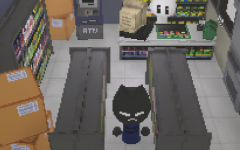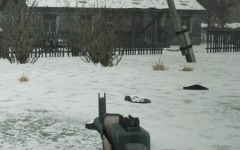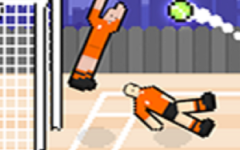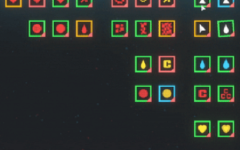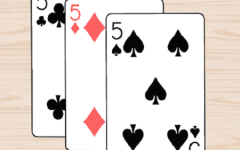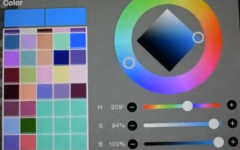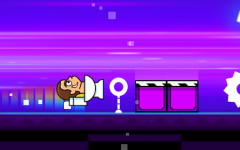Advertisement
Hotline Miami Redux
Advertisement
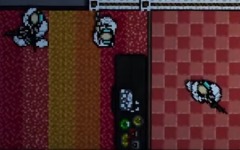
Hotline Miami Redux redefines the structure of the original title without changing its fundamental identity. The player still operates in a top-down view, clearing floors packed with hostile enemies, but the updated design builds a smoother sense of pacing and control. Movement transitions are tighter, and weapon handling feels more precise. Each stage now rewards observation before aggression, giving players space to plan angles and react to AI behavior. The gameplay loop continues to rely on short, high-intensity bursts of action followed by instant retries, but every run feels more consistent and fair in execution.
Weapons, Masks, and Environment Interaction
Combat variety is one of the strongest features of Hotline Miami Redux. Weapons are balanced to reflect distinct strengths, with each category designed for a specific range and purpose. Firearms feel heavier and more responsive, while melee tools strike faster and allow follow-up actions. Masks influence gameplay beyond simple bonuses—some modify field of view, others adjust weapon reload time or visibility to enemies.
Notable design revisions include:
- Adjusted weapon damage and reload times for improved balance.
- Mask abilities that link directly to combat tactics instead of passive effects.
- Expanded use of destructible or interactive objects within rooms.
These refinements transform each level into a flexible challenge where every decision—weapon choice, mask type, and movement pattern—can alter the outcome of a mission.
Visual Layout and Sound Experience
The Redux version focuses heavily on environmental clarity and player awareness. Lighting now defines room geometry more precisely, making it easier to read corners and doorways. The color palette is cleaner and less chaotic than before, ensuring visibility during fast motion. Audio follows the same principle: footsteps echo at distance, glass breaks with positional accuracy, and gunfire direction helps identify threats. Background music reacts dynamically to the level’s intensity, blending with silence after the final enemy falls. Together, these adjustments create a more immersive and readable audiovisual experience.
Technical Upgrades and User Options
Hotline Miami Redux runs on an updated framework that improves stability and customization. Frame rate limits, input response, and language settings can all be modified in-game. The configuration menu lets players tailor difficulty and interface scale, while checkpoint consistency has been strengthened to minimize data loss after crashes. System optimization reduces CPU strain, keeping performance stable during long play sessions. Accessibility options such as toggling blood effects or adjusting camera smoothing make the game easier to adapt to personal preferences without altering its difficulty balance.



























































































































